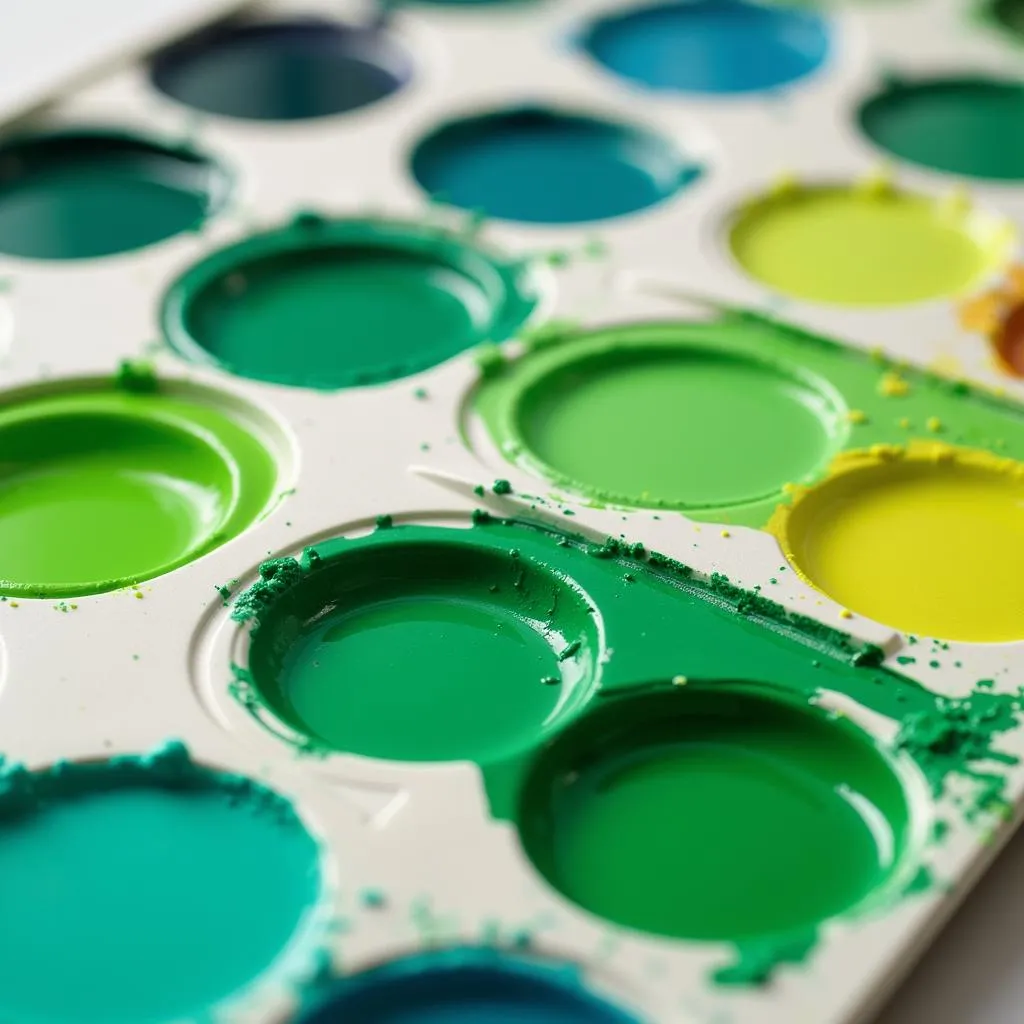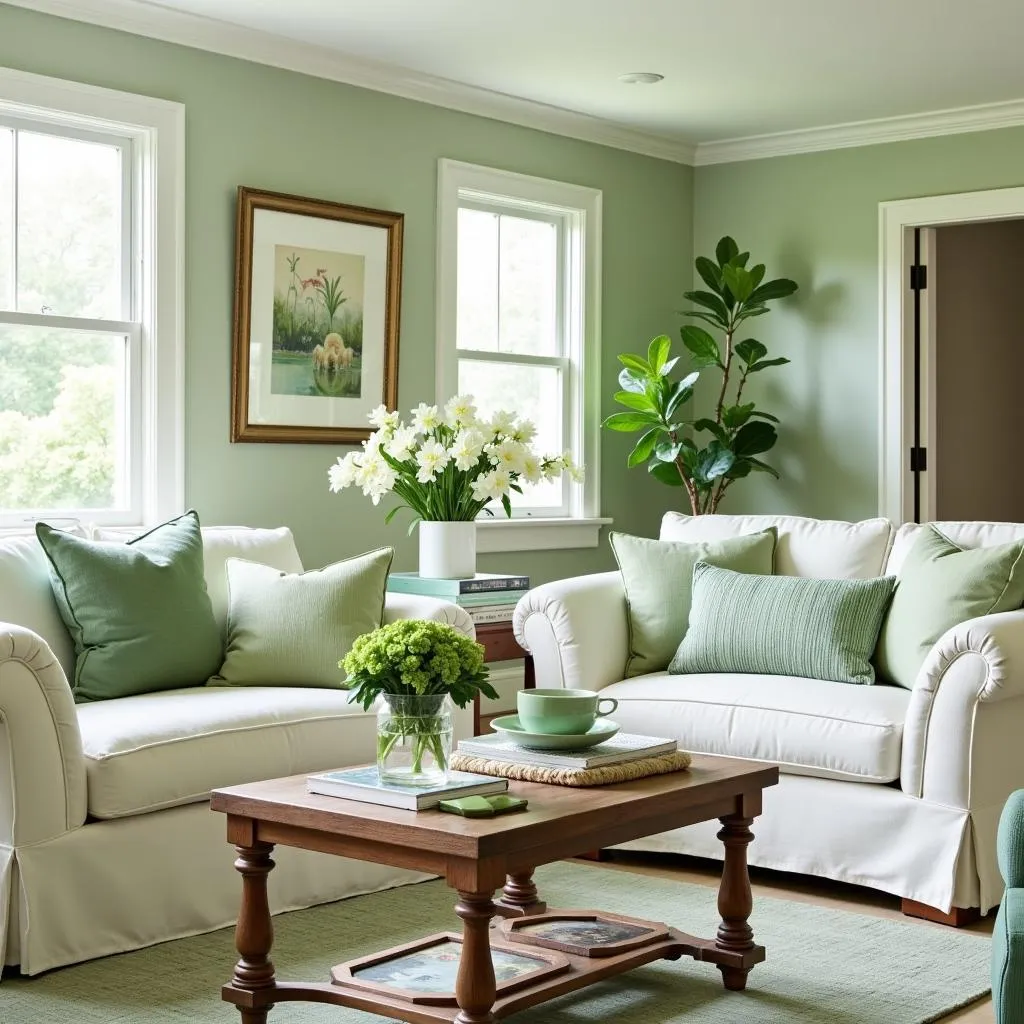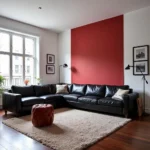What two colors make green? This seemingly simple question opens the door to a fascinating world of color theory and the magic of color mixing. While blue and yellow immediately come to mind as the primary parents of this vibrant hue, the journey to creating green is far more nuanced than you might expect. Let’s dive into the captivating realm of color combinations and uncover the diverse palette that can be achieved when crafting this refreshing and versatile color.
Beyond Blue and Yellow: Exploring the Spectrum of Green
While the classic combination of blue and yellow reigns supreme in creating green, a multitude of other color pairings can lead you to this verdant destination. Understanding the intricacies of color mixing involves venturing beyond primary colors and delving into the world of:
- Cyan and Yellow: Combining these two vibrant hues results in a bright, almost electric green.
- Blue and Yellow Ochre: This pairing yields a rich, earthy green, reminiscent of olive groves and mossy forests.
- Ultramarine and Cadmium Yellow: This mix produces a deep, intense green, perfect for capturing the lushness of a summer garden.
 Color Wheel Demonstrating Green Mixtures
Color Wheel Demonstrating Green Mixtures
Factors Influencing Green Hues: It’s All About the Shade
The specific shade of green you achieve is directly influenced by the:
- Ratio of Colors: Adjusting the proportions of blue and yellow significantly impacts the resulting green. More blue creates a cooler, teal-leaning green, while more yellow produces a warmer, chartreuse shade.
- Type of Blue and Yellow: The specific pigments of your chosen blue and yellow play a crucial role. For instance, a warm blue like cerulean mixed with a cool yellow like lemon yellow will create a different green than a cool blue like Prussian blue mixed with a warm yellow like cadmium yellow.
- Medium Used: The type of paint, ink, or dye also affects the final color. Acrylics, watercolors, and oils each possess unique properties that influence color mixing.
 Mixing Different Green Paint Shades
Mixing Different Green Paint Shades
The Science Behind Green: Understanding Light and Pigments
The creation of green involves a fascinating interplay of science and art. When dealing with pigments, as in painting, we are working with subtractive color mixing. This means that the pigments absorb certain wavelengths of light and reflect others, which our eyes perceive as color.
Blue pigments absorb most warm colors and reflect blue, while yellow pigments absorb cool colors and reflect yellow. When combined, they absorb all but the green wavelengths, resulting in our perception of the color green.
Green in Design: A Versatile Hue for Every Space
Green, in its many variations, offers incredible versatility in design. From calming sage to invigorating lime, this hue can evoke a range of emotions and transform spaces.
- Living Spaces: Soft greens like celadon and sage create a serene and welcoming atmosphere.
- Kitchens: Vibrant greens like lime and mint infuse energy and vibrancy into culinary spaces.
- Bedrooms: Tranquil greens like seafoam and olive promote relaxation and a sense of peace.
 Living Room with Green Accents
Living Room with Green Accents
Conclusion: Embrace the World of Green
So, what two colors make green? While blue and yellow remain the foundational pairing, the journey to creating this captivating color is an exploration of ratios, pigments, and artistic intuition. By understanding the interplay of these factors, you can confidently navigate the world of color mixing and unlock a spectrum of greens to enhance your creative endeavors.
